Physical Address
304 North Cardinal St.
Dorchester Center, MA 02124
Physical Address
304 North Cardinal St.
Dorchester Center, MA 02124
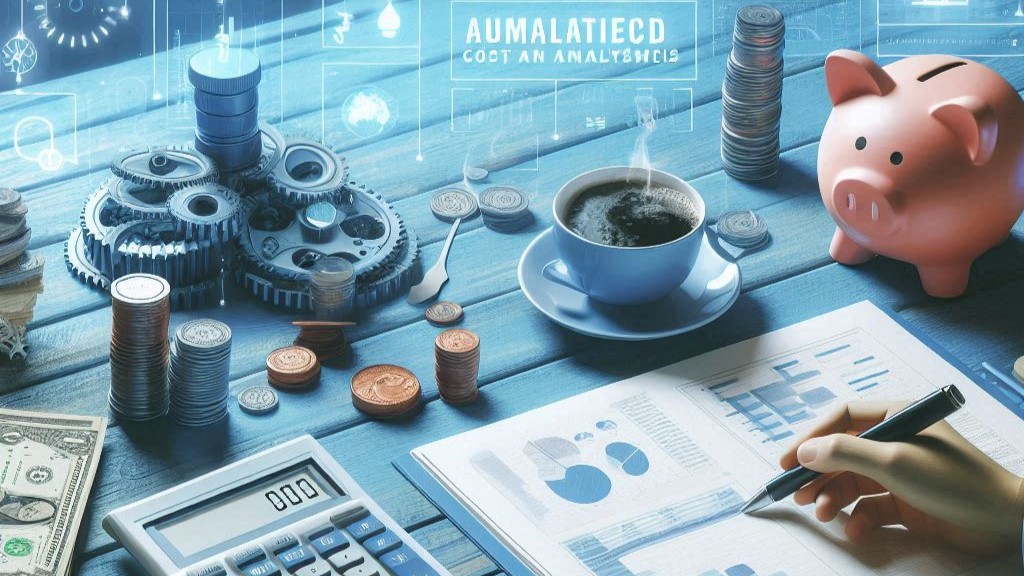

How to Get the Best Cost Analysis from Chatbot AI? In today’s fast-paced digital world, businesses are always looking for ways to streamline operations, reduce costs, and enhance customer engagement. Chatbots powered by artificial intelligence (AI) have emerged as one of the most popular tools to achieve these goals. But as with any business decision, understanding the cost implications is crucial. Companies need to know how to effectively conduct a cost analysis for AI-powered chatbots to ensure that they are making sound investments.
This article will provide a detailed guide on how to get the best cost analysis from chatbot AIs, covering everything from development costs to deployment and maintenance expenses. We will also look into factors that influence chatbot pricing and explore ways to reduce chatbot implementation costs while maximizing the return on investment (ROI). Interestingly, analyzing the cost of chatbots has some parallels to exploring career paths, like learning how to become a travel agent without experience — both require understanding the investment and expected benefits.

The cost of a chatbot can vary significantly depending on the type of chatbot, its complexity, and the platform you use. Below is a detailed breakdown of different chatbot types and their associated costs.
A rule-based chatbot follows predefined paths and uses programmed decision trees to answer questions. These chatbots are ideal for simple use cases, such as answering frequently asked questions (FAQs) or providing basic information. Because they don’t rely on advanced AI, rule-based chatbots are the most affordable to develop.
AI-powered chatbots use machine learning and Natural Language Processing (NLP) to understand and respond to user inputs. These chatbots can handle more complex queries, learn from user interactions, and improve over time. However, the development and maintenance of AI-powered chatbots are more costly due to the advanced technology involved.
Cloud-based chatbots, such as those offered by platforms like Amazon Web Services (AWS) or Microsoft Azure, reduce upfront costs by charging based on usage. While the development costs remain similar, you will have recurring expenses based on the number of users and conversations.
For businesses that require a highly customized solution, developing a custom chatbot is an option. However, custom development comes at a higher cost due to the need for personalized features, integrations, and ongoing support.
When calculating the overall cost, it’s crucial to account for chatbot implementation cost as well. This includes integrating the chatbot with your existing systems, such as customer relationship management (CRM) platforms, content management systems (CMS), or payment gateways. Additionally, training the chatbot and performing quality assurance (QA) testing to ensure smooth deployment contribute to the cost.
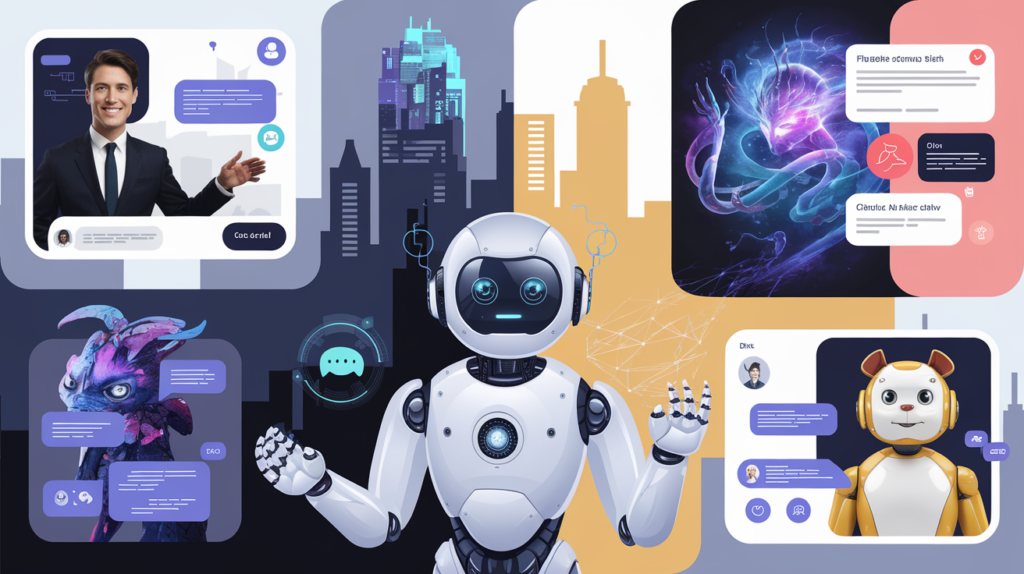
Understanding the type of chatbot application that best suits your business is critical when analyzing cost. Here’s a closer look at the most common types of chatbots and their applications.
Customer support chatbots are designed to handle customer queries, provide troubleshooting assistance, and resolve issues without human intervention. They reduce the workload on customer service teams, increase efficiency, and offer 24/7 support.
These chatbots assist customers in navigating websites, selecting products, and even completing purchases. E-commerce chatbots are equipped with features like personalized recommendations, product catalogs, and payment processing.
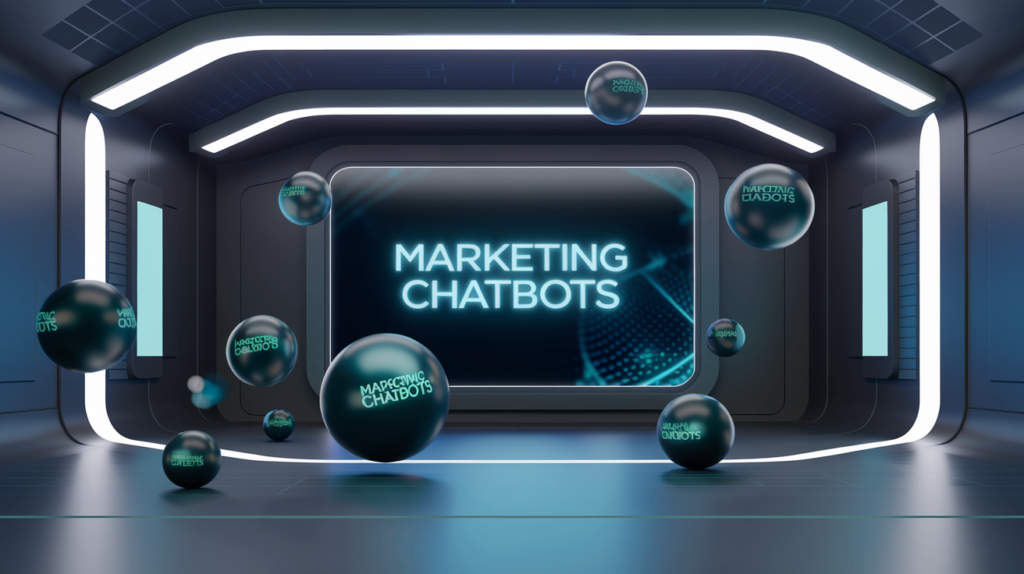
Marketing chatbots are used to engage users, provide product information, and gather leads. These chatbots are often integrated with social media platforms, websites, affiliate marketing and email marketing tools to increase brand engagement.
Internal workflow chatbots help automate routine tasks within an organization, such as scheduling meetings, managing timesheets, or providing data insights. They streamline internal processes and improve productivity.
Several factors can influence the overall cost of developing and maintaining a chatbot. Understanding these factors will help you manage your budget more effectively.
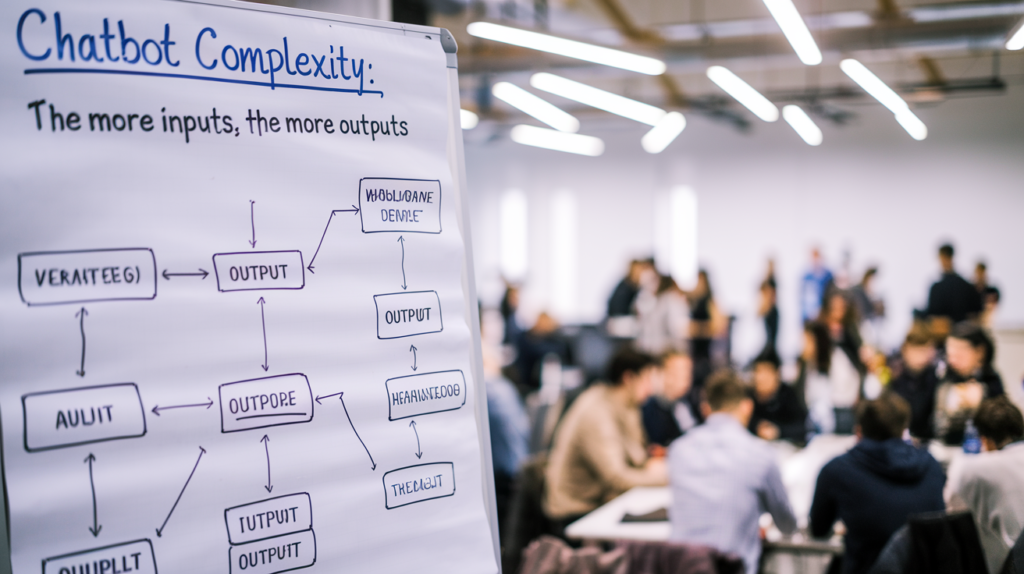
One of the biggest determinants of chatbot cost is its complexity. Rule-based chatbots that handle simple queries are cheaper to develop, while AI-powered chatbots capable of handling complex conversations and learning over time will cost significantly more.
The extent to which your chatbot needs to integrate with other systems (such as CRM, e-commerce platforms, or customer databases) will affect development costs. Complex integrations require more development time, thus driving up costs.
If you require advanced features, such as multilingual support, voice recognition, or personalized responses, the cost of development will increase. While these features enhance the customer experience, they also require specialized skills to build and maintain.
Once deployed, chatbots require continuous monitoring, maintenance, and updates to remain effective. This includes fixing bugs, enhancing chatbot features, and improving response accuracy based on user interactions.
The expertise and location of your development team will have a significant impact on the overall cost. Developers with AI expertise in high-demand regions (e.g., North America, Europe) will charge more than those in lower-cost regions (e.g., Southeast Asia, Eastern Europe).
For AI-powered chatbots, training the AI model is a critical cost factor. It involves feeding the chatbot with data, fine-tuning responses, and ensuring the accuracy of its replies. Training can take several weeks or months, depending on the complexity of the AI.
Reducing the overall chatbot development cost without compromising quality is possible if you use smart strategies. Here are some effective ways to cut costs.
Launching a chatbot with just the essential features (MVP) allows you to test it in the real world before investing in additional functionality. This will help you avoid over-spending on features that may not be necessary or valuable to your customers.
Using pre-built chatbot frameworks can significantly reduce development time and costs. Platforms like Microsoft Bot Framework, IBM Watson, and Dialog flow offer customizable chatbot templates that eliminate the need to start from scratch.
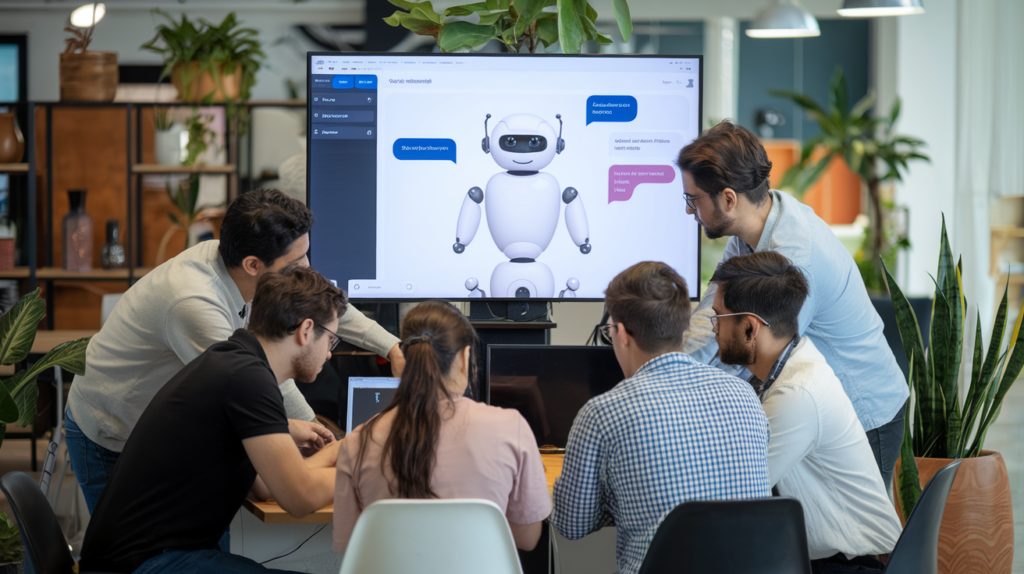
Outsourcing chatbot development to specialized agencies or freelancers
can reduce labor costs, especially if you choose developers in regions with lower labor rates. However, be sure to vet the quality of the work before outsourcing.
By limiting the chatbot’s features to only what’s essential for your business, you can keep costs down. Start with a simple chatbot and add advanced features as needed once you’ve tested its effectiveness.
Using automation tools to monitor chatbot performance, provide software updates, and manage server maintenance can reduce ongoing costs. Automation minimizes the need for manual intervention, which saves time and money in the long term.
Getting the best cost analysis for chatbot AI implementation requires a careful understanding of the development, deployment, and maintenance costs involved. From chatbot implementation cost to AI chatbot support costs, businesses need to evaluate their chatbot’s functionality, performance, and scalability. By considering the tips and strategies outlined in this guide, you can reduce development costs, ensure ongoing effectiveness, and maximize your chatbot’s ROI.
The process of building a chatbot is not dissimilar to figuring out how to become a travel agent without experience—both require evaluating costs, understanding the value of long-term benefits, and choosing a strategy that best aligns with your goals. By following these principles, businesses can implement AI-powered chatbots that not only reduce operational costs but also improve customer satisfaction and drive growth.
The cost of building a chatbot depends on its complexity and the type of chatbot you want to develop. A simple rule-based chatbot costs around $3,000 to $15,000, while a more advanced AI-powered chatbot can cost between $20,000 and $100,000 or more.
To measure the ROI of AI chatbots, track key performance indicators (KPIs) such as customer satisfaction, response accuracy, cost savings from reduced customer service workload, and increased sales through chatbot interactions. Comparing these metrics to the total cost of development and maintenance will give you a clear idea of your chatbot’s ROI.
Hidden costs can include ongoing maintenance, integration fees with third-party services, training the AI model, and cloud-hosting expenses. It’s important to account for these costs when budgeting for your chatbot project.
The time required to develop a chatbot depends on its complexity. A basic chatbot might take 4-6 weeks to develop, while a more advanced AI-powered chatbot could take 3-6 months or longer.
Yes, using pre-built frameworks like Dialog flow or IBM Watson can reduce development costs by providing ready-made templates, NLP capabilities, and built-in integrations. These frameworks allow developers to customize chatbot functionality without starting from scratch.